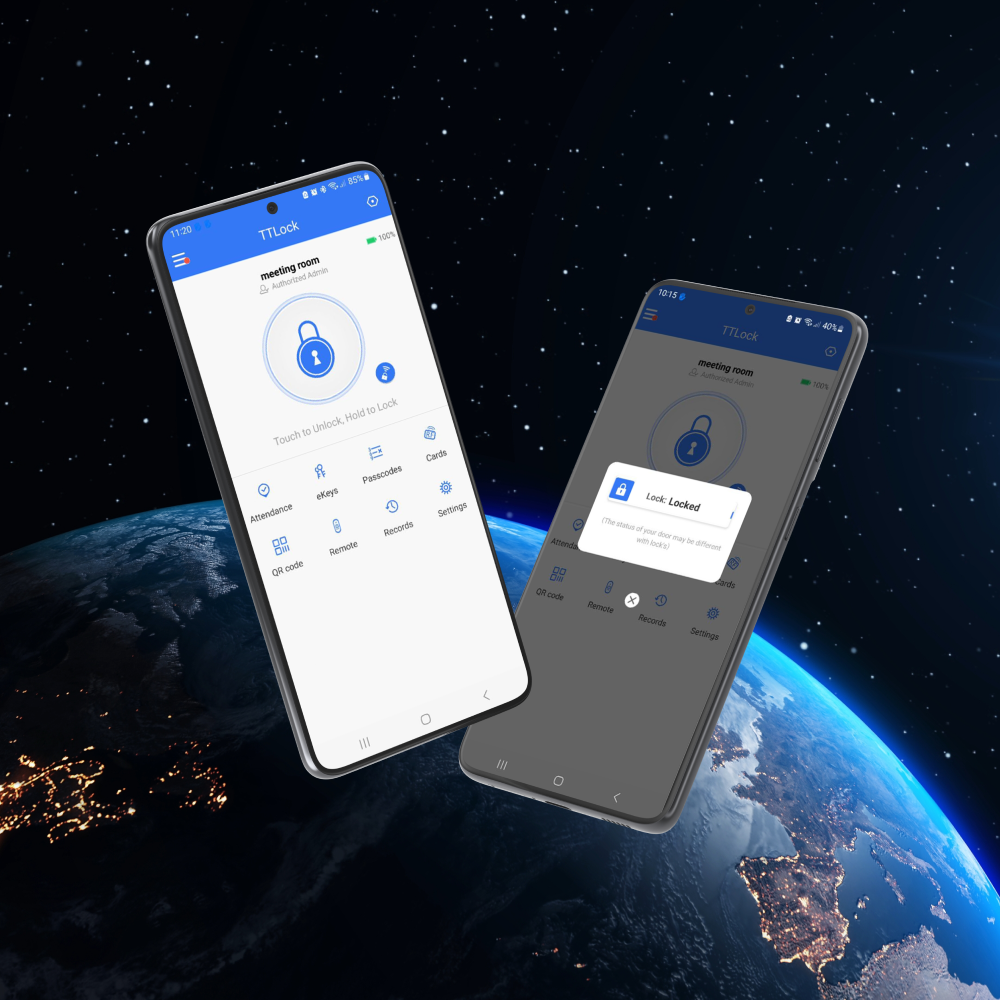Everything you need to know about testing
Everything you need to know about testing: levels, types, stages and methods of debugging
PROFESSIONALLY, FAST, QUALITATIVEEverything you need to know about testing: levels, types, stages and methods of debugging PROFESSIONALLY, FAST, QUALITATIVE
Testing a software product is an integral part of production, and is aimed at providing the company’s customers with an exceptional user experience that meets their expectations – without bugs, errors and other shortcomings.
Today there are two popular software testing methodologies:
- Waterfall is a testing strategy in which QA is a separate development stage, and begins only after the creation of a software product is completed.
- Agile is a more flexible software testing method in which product development and product testing are performed in parallel. The advantage of this approach is that errors do not accumulate and are quickly corrected. Its features also include a high degree of involvement on the part of project customers.
As software becomes more complex, the software testing lifecycle continues to evolve. Increasingly, it becomes unprofitable for developers to wait for the final development to start testing, since fixing bugs, in this case, can be more expensive than development. Therefore, the Agile method is gaining more and more popularity.

Test levels
Quality assuranceTest levels Quality assurance
Before release, a software product must pass four levels of testing. Let’s consider each level in more detail.
Unit testing
Unit or functional software testing is the first level of QA, during which the performance of individual software modules, components and functions is checked. Its purpose is to make sure that each unit of program code works correctly.
Most often, unit testing is performed not by a QA engineer, but by developers, at the coding stage.
Integration testing
During integration testing, individually tested modules and software elements are combined into groups and tested as whole mechanisms. The main task of such testing is to identify bugs in the interaction of different modules.
Integration testing is necessary for several reasons:
- Most often, program modules are created by different specialists, which is why their logic may differ. Therefore, such testing is necessary to verify the interaction of components.
- During the development of a software product, customer requirements may change, as a result of which individual software functions may simply not have time to pass unit testing. Integration testing allows you to identify bugs in them, if any.
- Exception handling can be problematic.
- External hardware interfaces may not be correct.
There are four main types of integration testing:
- Top-down integration. The main principle of this type of testing is to check the performance of blocks of higher levels first, and then of lower levels. That is, in simple words, a QA engineer performs a top-down check.
- Bottom-up integration. The reverse testing model involves starting the testing of a software product from low levels, and gradually moving to higher components.
- Hybrid integration. A combined strategy that uses the first two approaches. In this case, top-level modules are integrated and tested with lower-level blocks, and low-level modules, on the contrary, with top-level ones. This approach uses drivers and stubs.
- Big bang strategy. In this case, all components of the product are brought together and tested as a whole.
System testing
During system testing, the software product is compiled as a whole and then tested. With this strategy, QA specialists check, among other things, the functionality, security, and portability of the project.
Acceptance testing
The acceptance and system levels of software testing practically do not differ in their functionality, but with a significant amendment – acceptance testing is performed by a group of end users who check the software product from the consumer side and determine how ready it is for release to the general public.
This level has two classifications of testing:
- Alpha testing – performed by a select group of users, but together with the development team.
- Beta testing – conducted by users individually, on their own devices and operating systems. It is expected that this stage will be flawless, without defects and fully satisfy the needs of the audience.
To ensure the correct operation of the software product, it is important to comply with all levels and methods of software testing.
Software Testing Stages
Quality assuranceSoftware Testing Stages Quality assurance
Testing is not just about finding bugs. This is a complex and structured process aimed at improving the quality of a software product. Software testing is based on 7 main stages:
Requirements analysis
The first steps of QA begin even before the development of a software product – at the stage of analyzing customer requirements. Testers need:
- determine the specifics and objectives of the future product;
- make sure that there are no contradictions in the requirements;
- make sure that all tasks are complete and achievable;
- identify potential defects and “bottlenecks” in the functionality.
Planning and strategizing
When the requirements for the project are formed and approved, QA specialists can begin to develop a testing strategy and plan procedures aimed at improving the quality of the software. At the same stage, the budget is determined, it is decided which methods of testing the program will be used at each stage of its creation.
Development of test cases
At this stage, QA engineers already have a ready-made test plan, and proceed to its direct implementation: they create scenarios for automatic testing, prepare a testing environment for conducting secure tests, form checklists, and perform other preparatory work.
Software testing
A team of QA engineers tests the application, identifies bugs, shortcomings, and fills out test documentation, which will subsequently be submitted to the production department for revision.
Retesting
When the developers fix all the identified problems, the QA department gets back to work and re-runs, the so-called regression testing. It helps to make sure that the technical adjustments were made correctly, and after all the improvements, the product began to function normally. This is an important step, because making any changes can affect the program in the most unpredictable way.
Completion of the test cycle
After completion of all stages of testing, QA-specialists generate a detailed report that describes all the tests carried out during the life cycle of the software product.

Types of testing
Quality assuranceTypes of testing Quality assurance
- Functional testing.
It helps to determine how correctly the product performs the tasks assigned to it in the terms of reference.
- Usability testing.
Usability is ease of use. That is, at this stage, the QA specialist uses software testing techniques to determine how convenient, understandable and logical the software product is. In the future, a well-designed interface will help the audience to master the product faster, and therefore improve the user experience.
- Configuration testing.
The correctness of the product operation is checked on different operating systems, in different browsers and their versions, etc.
- Localization testing.
It is performed to check the correctness of adaptation of the software product for different countries and language versions.
- Stress testing.
Demonstrates how the product responds to high loads – for example, in the case of an increase in the number of visitors, the amount of data transferred, and other things, depending on the specifics of the project.
- Security testing.
Determines how resistant the product is to hacks, viruses, hacker attacks, and leaks of user confidential data.
What is debugging and how to debug software
Quality assuranceWhat is debugging and how to debug software Quality assurance
Debugging is the process of finding bugs in software, analyzing them, and fixing them. In other words, this is the work that the developer does after the bugs are discovered by the tester.
There are several popular methods for debugging software:
Brute force method
Despite its high popularity, this method remains one of the least efficient, as it relies solely on computing power. Its essence lies in the fact that the developer loads print statements into the software to display intermediate values, in the hope that a series of recorded values will make it easier to find the statement with an error.
Backtracking Method
A fairly popular method that is most often used in small projects. When used, the application’s source code is reversed from where the error symptom was found until the root cause of the problem is found. The capabilities of the backtracking method are quite limited, since in large projects the number of backlinks can be too large.
Cause Elimination Method
This approach is also called induction and deduction. Its essence lies in the fact that the developer puts forward a hypothesis about the cause of the problem, and then creates a special form of data that will check the assumption, and then confirm or refute it.

Conclusion
AVADA MEDIAConclusion AVADA MEDIA
There are different methods of software testing, and only developers and QA engineers decide which one to use in a particular case. AVADA MEDIA is a team of experienced professionals working on the market of innovative technologies for more than 10 years.
Each of our products goes through a full cycle of quality checks before reaching the hands of the end user, so you can be sure that your customers will receive an impeccable user experience when using it.
Fresh works
We create space projectsFresh works
The best confirmation of our qualifications and professionalism are the stories of the success of our clients and the differences in their business before and after working with us.
Our clients
What they say about usOur clients What they say about us
Successful projects are created only by the team
Our teamSuccessful projects
are created only by the team Our team












Contact the experts
Have a question?Contact the experts Have a question?
-
Phone:+ 38 (097) 036 29 32
-
E-mail:info@avada-media.com.ua















